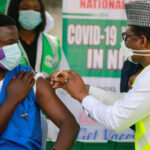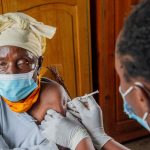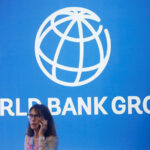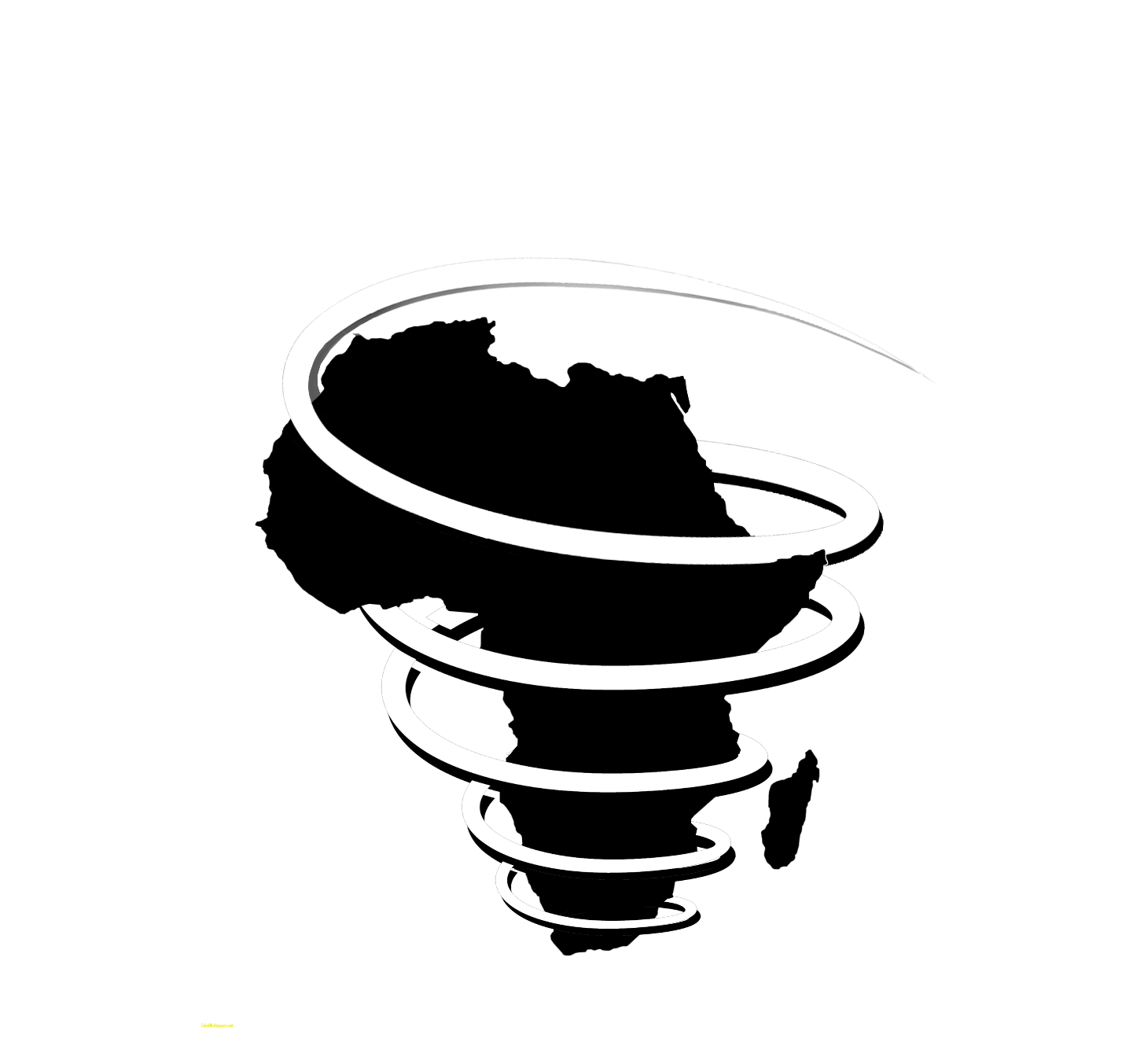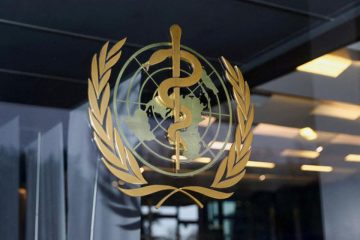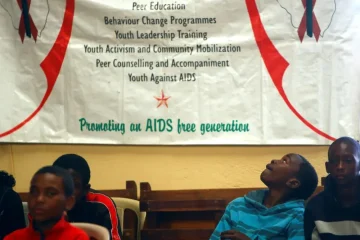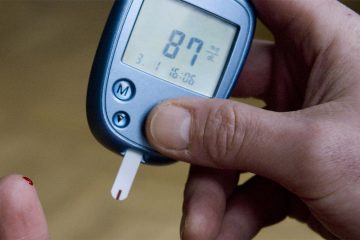NIGERIA’S healthcare service delivery is very poor. It ranks among the worst globally in terms of access and quality. In 2018 it was ranked 142 out of 195 countries by the general medical journal, the Lancet. The World Bank ranks it 42 on a scale of 100 in its universal coverage index, which indicates the availability of essential healthcare services in the participating countries.

Some of the reasons for the sub-optimal healthcare delivery are linked to the country’s rapid population growth from 122.2 million in 2000 to 211.4 million.
Other factors include poor funding – the government spends less than 5% of its annual budget on health – and high attrition and migration of health workers.
There is also inefficiency within the health system and systemic neglect of rural areas. A poor reward system and a trade union crisis – including prolonged industrial actions by health workers – and corruption complete the list.
Women, young girls and children are the worst affected by the poor health services. This is particularly true for those living in rural areas where the burden of disease is disproportionately high.
Some of the health indicators are very frightening. Nigeria accounts for nearly 20% of global maternal deaths. It is also among the five countries with the highest maternal deaths.
The reasons for this state of affairs are threefold. The first is that there are major hurdles to accessing care, which has a knock-on effect on women accessing decent family planning services. The other major contributor is that the opportunities for girls to attend school are massively curtailed, particularly in northern Nigeria. Extended years in school have been shown to make a marked difference to the choices girls make in later life.
Hurdles to accessing healthcare
The average Nigerian woman or child faces a host of hindrances in accessing health services.
The first is cost. Although the country’s national healthcare policy provides a framework for access to basic healthcare, most Nigerians are still faced with out-of-pocket payment for health services. This is a major hindrance for most women from poor households.
The second is the patriarchal system that operates in Nigeria. This restricts women’s ability to make decisions about what money should be spent on, and also about their healthcare and that of their children.
Thirdly, women are also plagued with issues like transport, distance to health facilities, poor health literacy and poverty.
Fourth are bureaucracy delays within the health facilities and referral systems for those at high risk to access essential healthcare.
Fifth, there is the poor attitude of health workers, and frequent industrial action.
Sixth, there is a lack of essential drugs and equipment.
Seventh, corruption and poor infrastructure.
And lastly, inadequate capacity. There aren’t enough human resources to deliver essential health services. There are only about two health workers available for every 1,000 people.
This inability to access healthcare has resulted in women not being able to access adequate family planning services.
Having babies
There is overwhelming evidence that if women access family planning services there are improvements in maternal and child health. It also increases the wellbeing of individuals, families and communities.
For example, family planning promotion has been identified as a very important factor in addressing high-risk births.
But only about one-fifth of Nigerian women are currently using a modern method of contraceptive and about 23% said they had unmet needs for family planning while only 38% were satisfied with the family planning method they used.
Over a quarter of childbearing mothers in Nigeria considered their last birth as a product of unwanted pregnancy.
Nigeria also has a very large number of births among adolescent girls. It’s estimated that about one-fifth of adolescent girls have begun to have children. The adolescent fertility rate is estimated at 123 births per 1,000 for girls aged 15-19. Kenya’s comparative number is below 85.
The consequences are reflected in high-risk birth, intergenerational poverty and poor life skills. It is also reflected in limited opportunities for the mothers and children.
Education for girls
Education is one of the major indicators of women’s empowerment, particularly secondary school education. It enhances women’s health literacy skills and has been identified as a major factor in the uptake of family planning and child health care.
Only about 65% of girls compared with 71% of boys have a primary education. And only 39% of girls completed junior secondary school while 29% completed senior secondary school.
These indicators vary widely across the country and disproportionately affect those in the rural areas, particularly in northern Nigeria.
Some reasons for this gender disparity in educational attainment are poverty, gender apathy and discrimination against women. Others are religion, cultural factors and lack of government’s commitment to girl-child education.
Girl-child education is a fundamental human right, entrenched in the Sustainable Development Goals. It enhances the socioeconomic status of the individual girls, family, and society at large. Studies have shown that education improves health literacy, decision making and childcare practices among women.
Next steps
The Nigerian government has made a policy commitment to achieve a modern contraceptive prevalence rate of 27% among all women by 2024. But this will only be achievable with more political commitment at the federal and sub-national levels.
A reduction in fertility of one child per woman in Nigeria would lead to a 13% increase in GDP per capita in 20 years, and 25% in 50 years. Current estimates by the Guttmacher Institute and Nigeria Family Planning Blueprint (2020-2024) say if all unmet needs for modern contraception were met, it would prevent 1.9 million unintended pregnancies, 685,000 unplanned births, 1.01 million unsafe abortions in Nigeria, 42,000 maternal deaths and 217,000 infant deaths per annum.
The government has made a commitment to strengthen collaboration with states, donors and other stakeholders on implementing an effective health insurance scheme to make household family planning expenditures reimbursable.
But there is a need for more financial commitment to increase the annual allocation for contraceptives by government at all levels. And there is the need to target adolescents with vulnerable socio-demographic profiles, particularly those in the rural areas in the northeastern and northwestern part of the country.
The government also needs to do a great deal more when it comes to educating Nigerian girls. Efforts to improve school attendance have been made, including the implementation of Home-Grown School Feeding. But there are limited – or no – government interventions at the national level to improve gender parity in education.
At sub-national level, there are some intervention programmes towards improving girl-child education, particularly in Kaduna, Borno and Edo States. However, their impact is minimal and further impaired by insecurity, political instability and corruption.
Investing in girls’ education will substantially contribute to increasing women’s contraceptive use, prevent unwanted pregnancies and improve maternal and child health.

